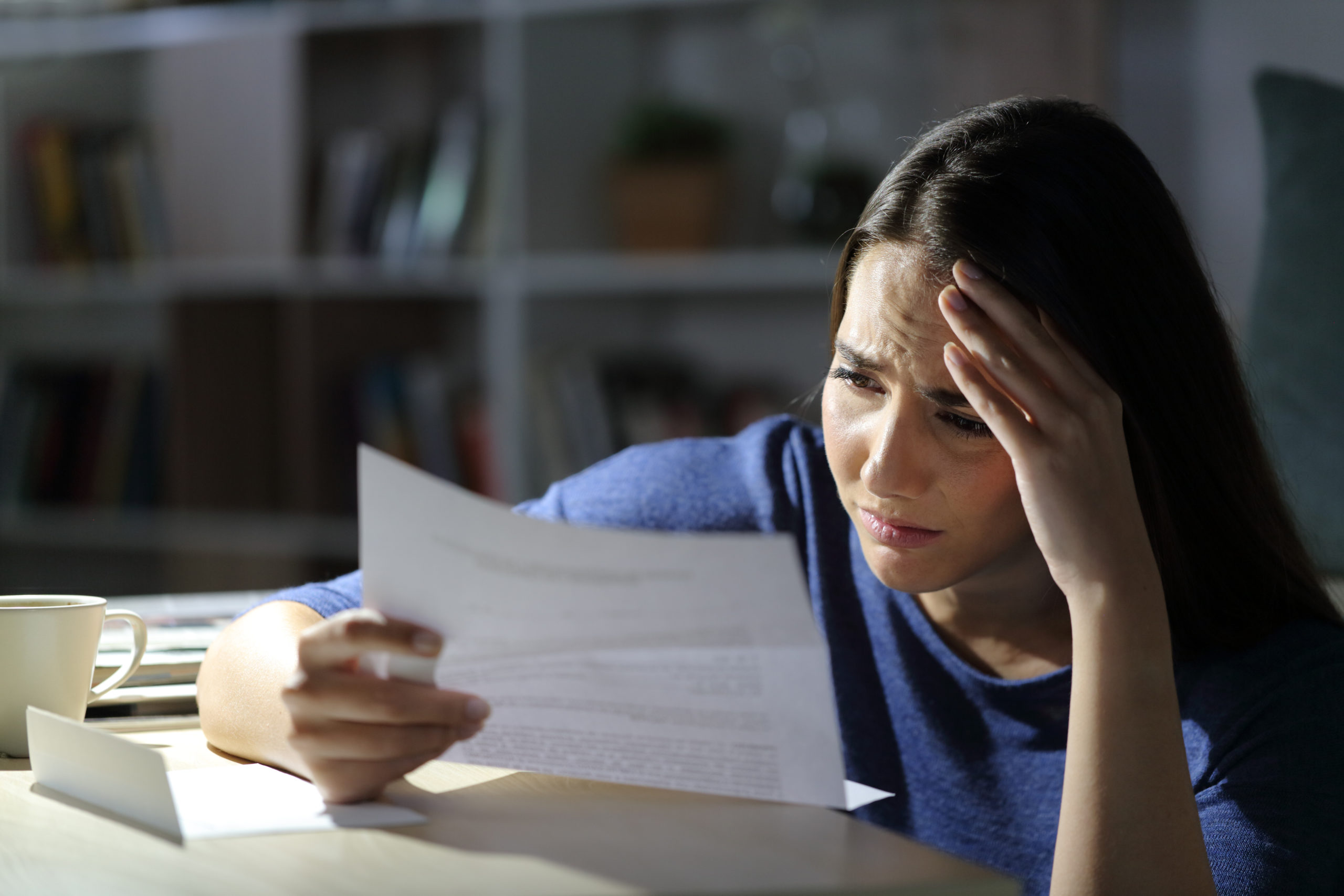
According to alarming new statistics released for 2023, over 14 million women aged 18 and older are living below the poverty line in the United States. This staggering figure represents more than one in ten women, highlighting a pervasive issue that plagues many communities across the nation. The gravity of this situation is further exacerbated for women of color; Black women face a poverty rate of 16.8%, Latinas at 16.3%, and Native women suffer the highest at a harrowing 20.4%. These statistics underscore the critical intersections of race and gender in the fight against poverty.
One sobering statistic further illustrates the challenges faced by single mothers: approximately 31.6% of families headed by single women living with children are classified as poor. This stark reality reveals the vulnerability of these families, who often juggle multiple responsibilities with limited resources. Such economic hardship not only affects their current living situation but also has long-lasting impacts on their children’s future opportunities.
The implications of these poverty rates extend beyond mere statistics; they affect the overall wellbeing of women and their families. Women comprise about three-fifths of seniors living in poverty, with the poverty rate for elderly women standing at 10.5%. This demographic shift emphasizes the need for targeted support systems and policies that address the unique challenges faced by women, especially as they age. The earlier generations of women worked tirelessly to advance women’s rights and economic opportunities, yet there remains a significant journey ahead in achieving true equality.
Economists and social scientists emphasize that poverty is not merely a financial issue; it encompasses a broad spectrum of social inequities. Inadequate access to quality education, healthcare, and affordable housing are just a few of the systemic barriers that perpetuate the cycle of poverty, particularly for women. Single mothers, in particular, often face a double bind—they are not only tasked with the challenges of raising children alone but are also frequently subjected to wage disparities and limited employment opportunities.
Breaking down these statistics by state reveals even more concerning trends. Hovering over different states can provide insights into their specific poverty rates for families led by single women. For example, states with fewer economic opportunities or higher living costs often demonstrate disproportionately high poverty rates, exacerbating the challenges faced by single-parent households. This visual representation serves as a potent reminder of how local policies and economic conditions can significantly impact the lives of women and their families.
Fortunately, awareness of these issues is growing. Advocacy groups and non-profit organizations are ramping up efforts to combat poverty among women. Initiatives focused on providing education and job training, increasing access to affordable childcare, and advocating for policies that support living wages are gaining traction. These efforts not only aim to uplift women economically but also emphasize the importance of creating equitable opportunities for all families.
Furthermore, the role of community organizations and local governments cannot be overstated. Program initiatives that foster partnerships between private and public sectors can encourage innovative solutions tailored to meet the needs of economically disadvantaged women. Investment in social services, healthcare, and education is paramount to creating a more supportive environment that empowers women to thrive.
In conclusion, the sobering reality of poverty among women in the United States sheds light on a national crisis that demands urgent action. The intersections of race, gender, and socioeconomic status create a uniquely challenging landscape for millions of women, particularly those living in single-parent households. As we explore these critical issues, it becomes increasingly clear that systemic change is necessary to address the root causes of poverty. With collective efforts to raise awareness, provide resources, and advocate for policy reform, we can work towards a future where no woman, regardless of her circumstances, has to live in poverty. Together, we can create a more equitable society where opportunities abound for all, paving the way for a brighter future for generations to come.
RELATED POSTS
View all



